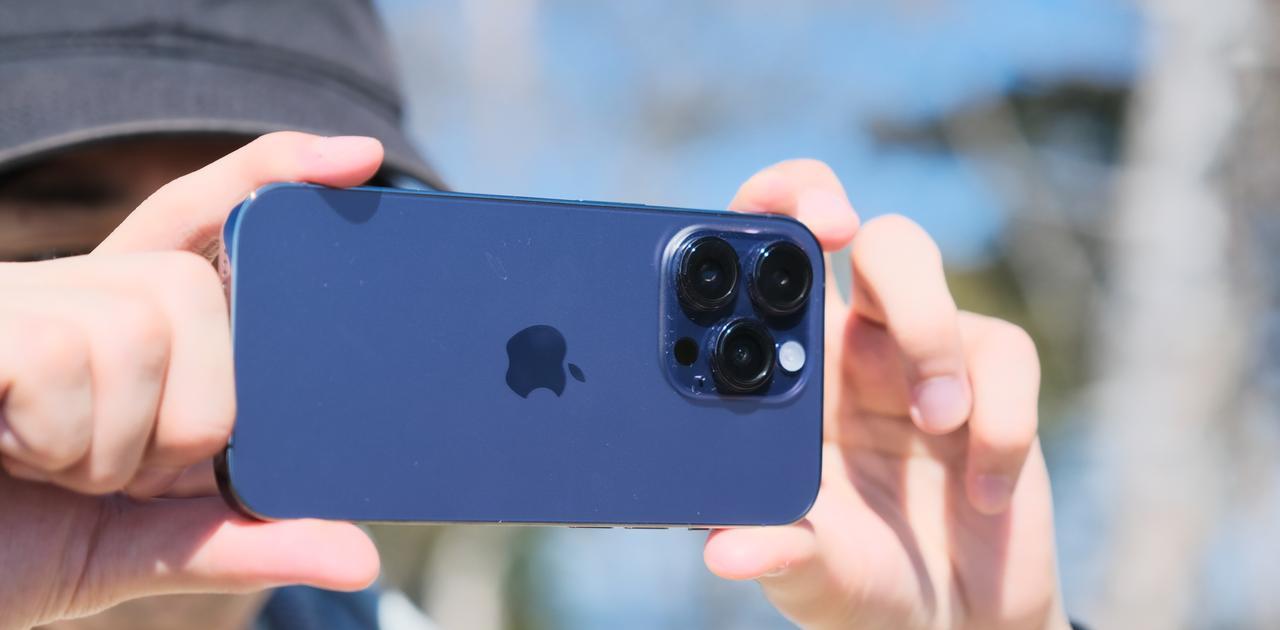Scratches that disappear on their own or electric cars that charge themselves with solar energy – nanotechnology should make such miracle cars possible. A nanometer is one billionth of a meter, or about 100,000 times smaller than the diameter of a human hair. The Korean company Hyundai is working on it.
Nanotechnology is about creating new structures, materials, and devices by controlling shape and size at the nanoscale. “Technological innovation cannot happen without physical innovation that can determine the success of future mobility,” said Lee Jong-soo, President of Hyundai Motor Institute for Advanced Technology Development (IATP).
Among the most amazing technologies is a feature that coats cars with large particles that return to their previous shape. The so-called “self-healing coating” is designed to help the car repair scratches or cracks on the exterior or the cams themselves. Hyundai said the complete removal of scratches and cracks would take just two hours, far less than competing automakers that have developed similar technology. Nissan uses a similar technology that paints the car itself, and it takes about a week, while BMW’s latest technology takes a day.
The company’s development department expects the nanotechnology to be ready for use in the next two to three years. Solar cells that can be attached to car windows are also being developed. Solar cells are made of silicon and are usually installed on roofs. Hyundai is using perovskite, a type of nanomaterial, to develop a cell that can be built into transparent windows.
Perovskites are said to be 30 percent more efficient than silicon at converting light into electricity. Hyundai is also developing tandem solar cells, in which perovskites are stacked on top of silicon solar cells to increase efficiency by 35 percent.
The latest technology also includes a cooling film that prevents the car’s interior from overheating even when the outside heat is extreme: the film helps keep the interior temperature seven degrees Celsius lower than when using a conventional tint film. According to Hyundai, the film can reduce air conditioning use and reduce carbon emissions by 0.8 percent annually.
The article “Nanotechnology in ‘self-healing’ cars was published on August 15, 2023 in the category New Mobility by Lars Wallerang with keywords technology, research, development, paint, solar roof, electric mobility, loading, new mobility, published.

“Certified tv guru. Reader. Professional writer. Avid introvert. Extreme pop culture buff.”







More Stories
Club competition: Sport shooters rely on laser technology
Latest technology for community safety – Celler Presse
Open day and career day on May 3: specialized lectures on renewable energies and electric mobility, modern innovative solutions in automation technology and much more.